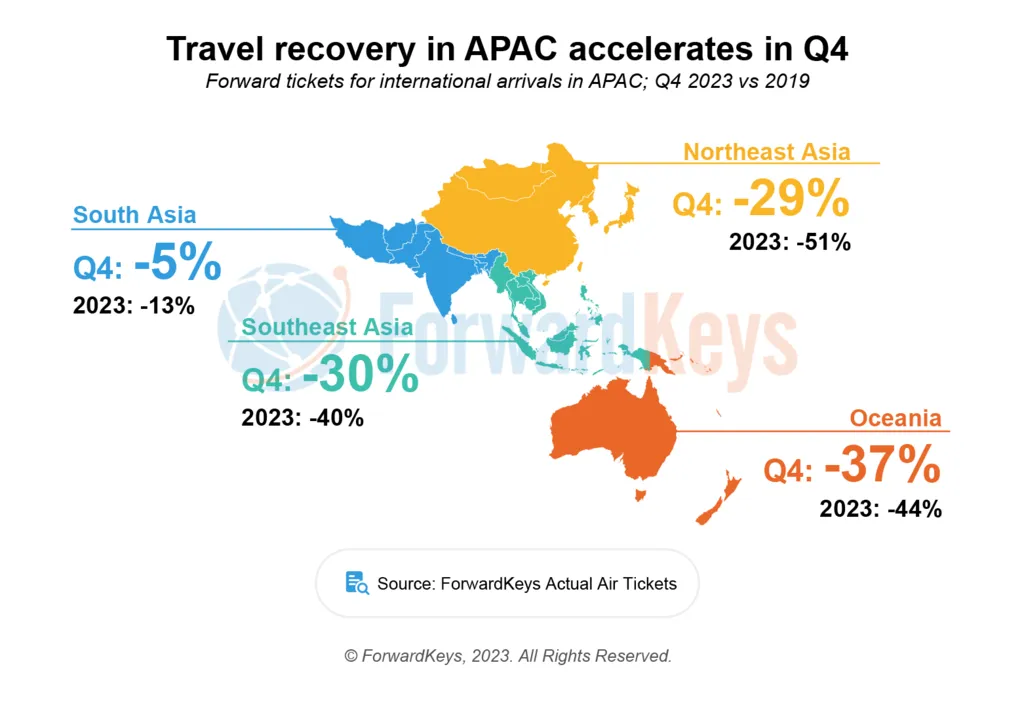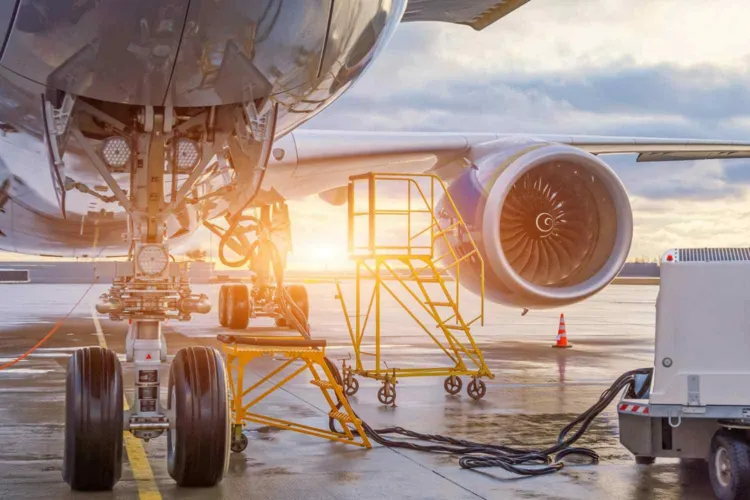In 2020, Southeast Asia’s travel market collapsed. A 72% drop, followed by another 42% in 2021, brought tourism to its knees. But by 2022, the region made a stunning comeback. Travel activity surged by 207%, showing that the recovery was not just real—it was fast.

Fast forward to 2024, and Southeast Asia welcomed 121.3 million international visitors. That number nearly matches pre-pandemic levels. The region isn’t just recovering; it's roaring back.
Tourism is a backbone of Southeast Asia’s economy. In 2022 alone, it added over $241 billion to the region’s GDP. That’s not just a number—it’s jobs, local businesses, and national growth bouncing back into motion.
Some countries are not only recovering—they’re outperforming their past. Cambodia hit a 101.35% recovery rate in 2024, surpassing 2019 arrival numbers. Vietnam (97.64%) and Malaysia (95.85%) are close behind. Thailand leads the region with 35.5 million international tourists, followed by Malaysia’s 25 million and Vietnam’s 17.6 million.
A major driver? China. Chinese tourists are returning in huge numbers, especially to countries offering visa-free travel. Thailand saw 6.7 million Chinese arrivals in 2024 alone. Singapore, Malaysia, and Thailand have all seen up to a 15-fold increase in bookings from China. These targeted policies are working.
But it's not just about numbers. It’s about how travelers experience the region now. Southeast Asia is going digital—and fast.
Smart hotels, virtual reality tours, AI-based personalization, and seamless digital check-ins are now common in places like Singapore, Bangkok, and Kuala Lumpur. This isn't just tech for show. It’s making travel easier, faster, and more enjoyable.
Read Also: Southeast Asia Digital Transformation Accelerates Fast in the Region
Digital tools are also helping break language barriers, guide tourists in real time, and give personalized recommendations. The result? Tourists stay longer, spend more, and share better experiences.
Behind this progress is a clear plan. The ASEAN Tourism Strategic Plan 2016–2025 is driving the region’s unified push to become a high-quality, sustainable tourism hub. It focuses on both growth and sustainability—two things that rarely go hand-in-hand in tourism.
This regional collaboration is key. Countries are no longer working in silos. Shared goals, aligned visa policies, and collective tech adoption are building a stronger, more resilient travel market.
What’s next? If current trends continue, Southeast Asia may not just recover—it could lead the world in next-gen tourism. Tech, policy, and partnerships are shaping a smarter, more sustainable future for travel across the region.







